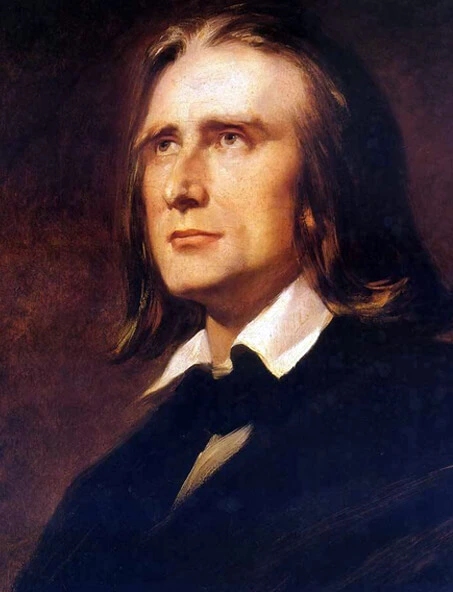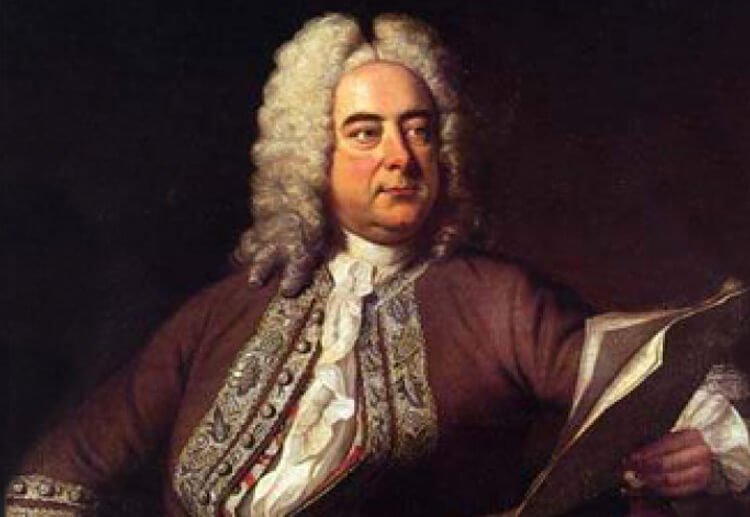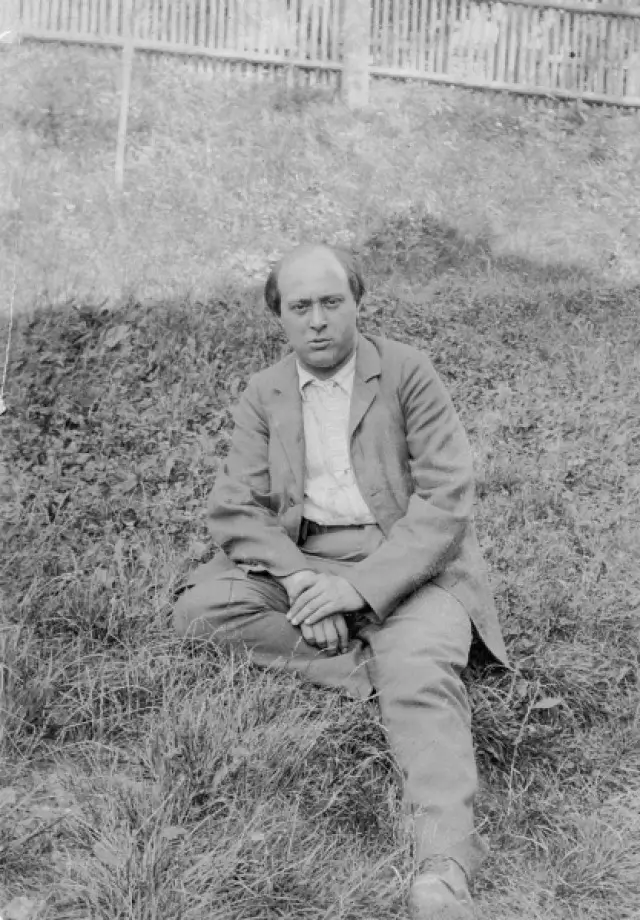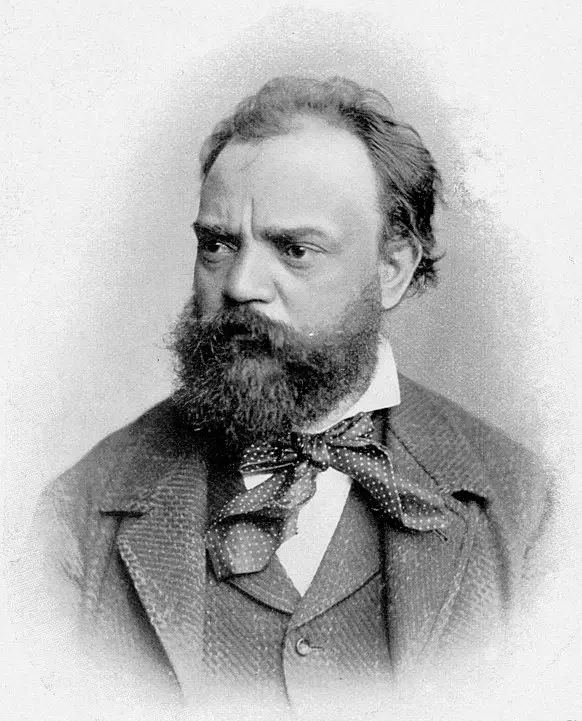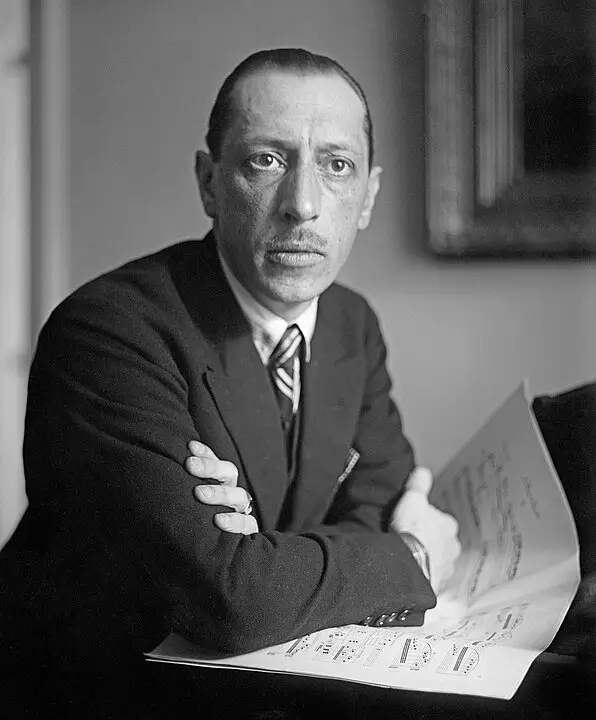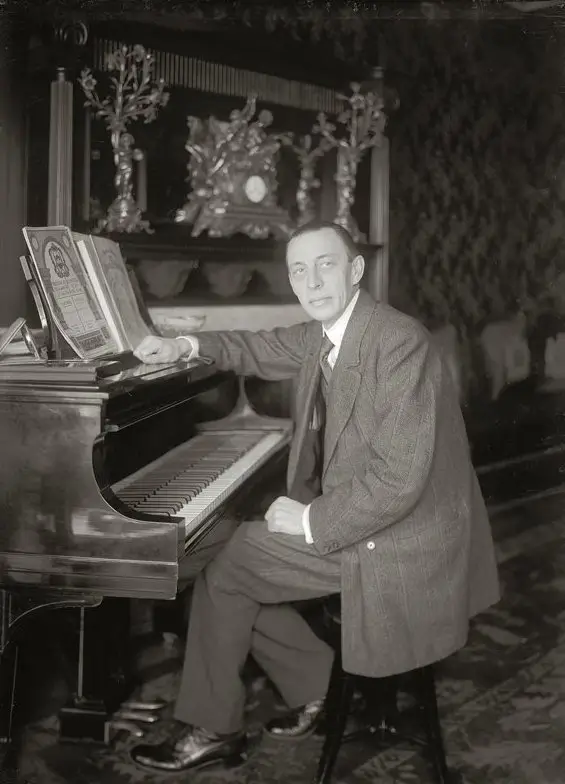Introduction
Sergei Sergeyevich Prokofiev stands as one of the 20th century’s most innovative and influential composers, whose works spanned various musical genres and styles. Known for his unique blend of traditional and contemporary techniques, Prokofiev carved a niche in the realms of concertos, operas, and ballets, leaving a lasting legacy that continues to resonate in the music world today. This article delves into the life and works of Sergei Prokofiev, exploring his early beginnings, musical training, major compositions, and the enduring impact of his artistic endeavors.
Early Life
Born on April 23, 1891, in Sontsovka, now part of modern-day Ukraine, Sergei Prokofiev was the only child of a local agricultural engineer. His mother, an avid pianist, was instrumental in introducing young Sergei to the basics of music. Prokofiev demonstrated early signs of musical genius, composing his first piano piece at the age of five and an opera at nine. This prodigious talent did not go unnoticed, and by the age of eleven, he had already produced a significant body of work.
Musical Training and Development
Prokofiev’s formal musical education began when he entered the St. Petersburg Conservatory at the age of 13, an unusually young age for such a prestigious institution. Under the tutelage of composers like Nikolai Rimsky-Korsakov and Anatoly Lyadov, he honed his skills in composition and orchestration. Despite his conservative training, Prokofiev was drawn to avant-garde compositional techniques, often clashing with his instructors over his unconventional approaches.
Major Works and Compositions
Throughout his career, Prokofiev composed some of the 20th century’s most popular and critically acclaimed works. His opera “The Love for Three Oranges,” based on the Italian tale by Carlo Gozzi, premiered in 1921 and became a hallmark of his inventive style. His ballets, including “Romeo and Juliet” and “Cinderella,” are celebrated for their expressive melodies and emotional depth. Prokofiev’s symphonies, particularly the “Classical Symphony” and “Symphony No. 5,” showcase his mastery of orchestral form and his ability to blend complexity with accessibility.
Connections to Other Composers
Prokofiev’s career was contemporaneous with many great composers of the 20th century, including Igor Stravinsky and Dmitri Shostakovich. While he maintained a complicated relationship with Stravinsky, often marked by mutual respect and rivalry, Prokofiev’s style was distinctly his own. His ability to adapt and innovate within the evolving landscape of classical music set him apart from his peers, making his compositions uniquely identifiable.
Character and Philosophy
Prokofiev was known for his strong-willed and sometimes abrasive personality, traits that both aided and hindered his career. His commitment to musical innovation was mirrored in his personal philosophy; he often advocated for the artist’s role in advancing society through new ideas and expressions. This belief not only shaped his compositions but also influenced his decisions to travel extensively and eventually return to the Soviet Union during a tumultuous period in its history.
Life in St. Petersburg, Paris, and Moscow
Prokofiev spent significant periods of his life in major cultural centers, including St. Petersburg, Paris, and Moscow. Each city left its mark on his compositions. Paris in the 1920s, with its vibrant cultural scene, inspired some of Prokofiev’s most experimental works. Conversely, Moscow during the Stalinist era posed both opportunities and significant challenges, impacting his artistic output and personal life profoundly.
Death and Legacy
Sergei Prokofiev died on March 5, 1953, the same day as Joseph Stalin. His passing was overshadowed by the national mourning for the Soviet leader, and it was only decades later that his contributions to music were fully recognized. Today, Prokofiev’s legacy is celebrated worldwide; his works are staple pieces in the repertoires of orchestras and ballet companies, and his influence on both contemporary and classical music genres remains profound.
Conclusion
Sergei Prokofiev’s life and work traversed tumultuous periods in history, reflecting the complexities of his personal experiences and broader societal changes. His enduring legacy as a pioneering composer underscores the power of innovation and the enduring appeal of music that challenges and delights. As we continue to revisit and perform his compositions, Prokofiev’s genius remains a beacon for future generations of musicians and music lovers alike.


